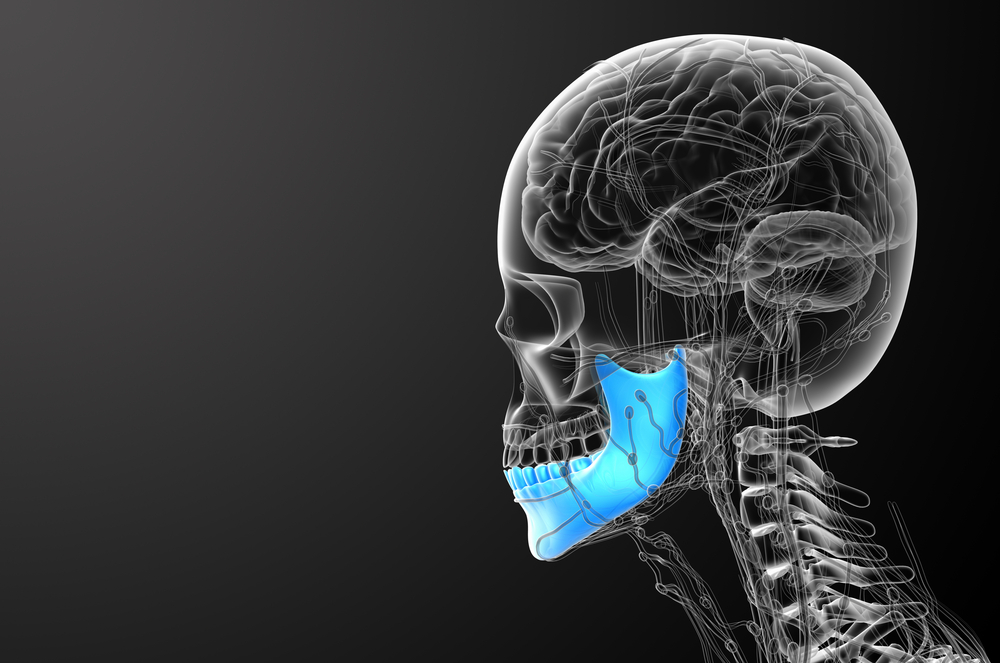In a recent study, researchers observed that temporomandibular joint disorder is common in Systemic Sclerosis patients, correlating with disease severity. The findings were presented at the European League Against Rheumatism Annual European Congress of Rheumatology, held this year in Rome, Italy.
Systemic Sclerosis (SSc), also known as scleroderma, is an autoimmune disease characterized by skin thickening with two phenotypes – when limited to the skin on the face, hands and feet is referred to as limited SSc; in more severe cases, it affects internal organs such as kidneys, heart, lungs and intestine and it is known as diffuse SSc.
Temporomandibular joint disorder is a condition characterized by pain, noise and restricted mandibular movement of temporomandibular joints during jaw movement.
In this study, a team of researchers enrolled 27 patients with both forms of SSc, 12 with diffuse SSc and 15 with limited SSc, with median age of 54 years old and a control group of 28 healthy individuals within the same age range. All participants were submitted to oro-facial examination to identify signs of temporomandibular joint disorder, including pain and sounds in the temporomandibular joint; restrictions while opening and closing the mouth; and tenderness of masticatory muscles (those involved in the grinding and chewing of food). The diagnosis was confirmed with additional exams, including MRI scans, and the level of mandibular dysfunction determined with the Anamnestic and Dysfunctional Index.
The authors observed that patients with severe SSc were more affected by temporomandibular joint disorder, since they exhibited symptoms and MRI-confirmed diagnosis, when compared to the control group. The SSc group of patients displayed the typical symptoms of temporomandibular joint disorder, which were more severe than the control group, particularly with sounds and pain upon jaw movement and difficulties in opening mouth to full extent. Additionally, the team identified that SSC patients had a significant decrease in laterotrusion (both right and left) and protrusion (with laterotrusion meaning the “outward thrust given by the muscles of mastication to the rotating mandibular condyle during movement of the mandible”).
The observed symptoms, including maximum opening leftward laterotrusion, protrusion and audible sounds, correlated with SSc patients’ scores in the Modified Rodnan Skin Score (this technique measures the extent and severity of skin thickening). These new findings are important for those with SSc, as physicians can now monitor patients for temporomandibular joint disorder and address it in its early stages.

